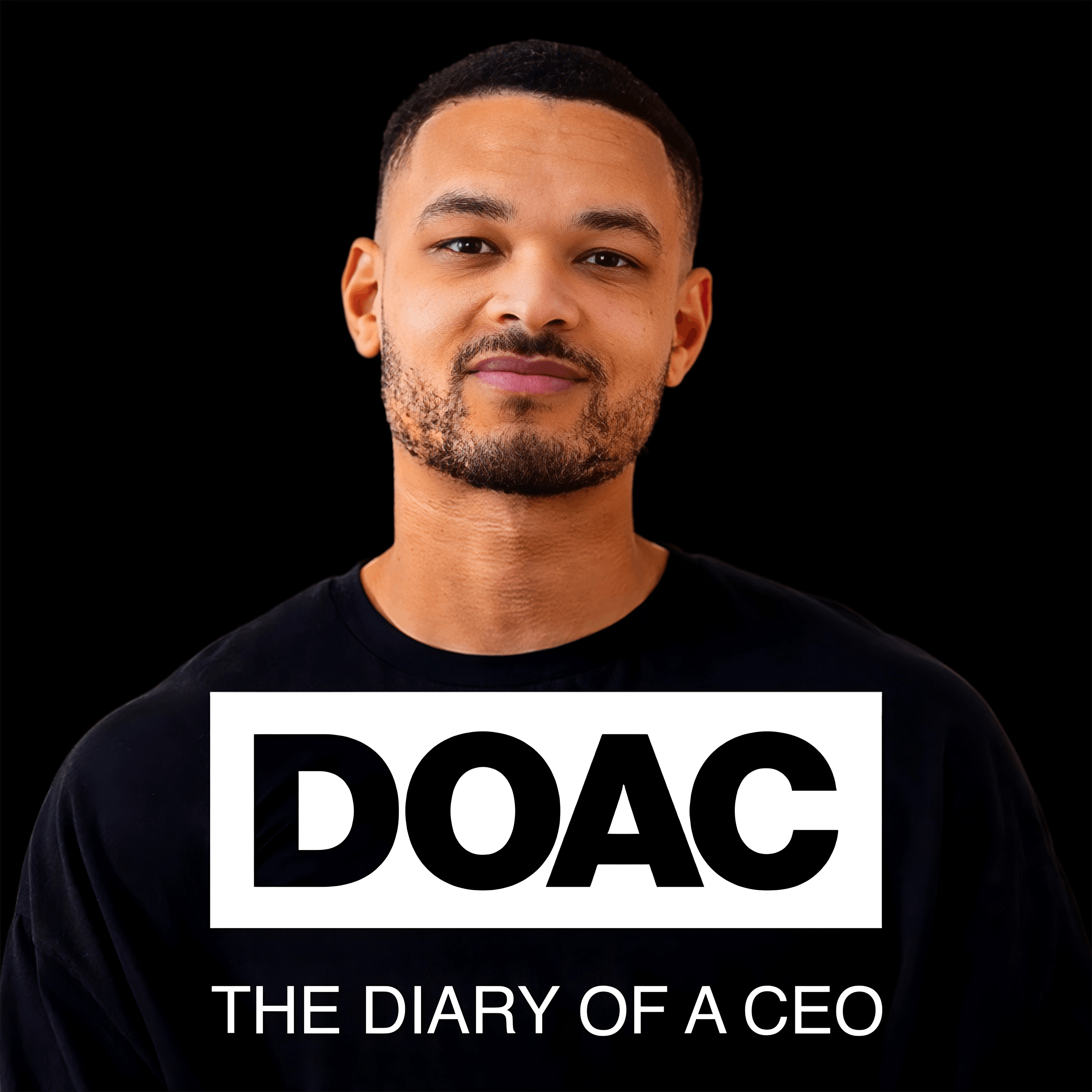
Heliox: Where Evidence Meets Empathy 🇨🇦
Join our hosts as they break down complex data into understandable insights, providing you with the knowledge to navigate our rapidly changing world. Tune in for a thoughtful, evidence-based discussion that bridges expert analysis with real-world implications, an SCZoomers Podcast
Independent, moderated, timely, deep, gentle, clinical, global, and community conversations about things that matter. Breathe Easy, we go deep and lightly surface the big ideas.
Curated, independent, moderated, timely, deep, gentle, evidenced-based, clinical & community information regarding COVID-19. Since 2017, it has focused on Covid since Feb 2020, with Multiple Stores per day, hence a sizeable searchable base of stories to date. More than 4000 stories on COVID-19 alone. Hundreds of stories on Climate Change.
Zoomers of the Sunshine Coast is a news organization with the advantages of deeply rooted connections within our local community, combined with a provincial, national and global following and exposure. In written form, audio, and video, we provide evidence-based and referenced stories interspersed with curated commentary, satire and humour. We reference where our stories come from and who wrote, published, and even inspired them. Using a social media platform means we have a much higher degree of interaction with our readers than conventional media and provides a significant amplification effect, positively. We expect the same courtesy of other media referencing our stories.
Heliox: Where Evidence Meets Empathy 🇨🇦
What Dinosaur Eggs Tell Us About Our Own Fragile Moment
The precision of this dating technique creates a kind of temporal vertigo. We're looking at eggs laid during a specific geological moment when climate change was reshaping the planet, when species were adapting and migrating and ultimately preparing—unknowingly—for extinction. The parallels to our own moment are so obvious they feel almost heavy-handed, like a novelist who's lost all subtlety.
Yet there's also something oddly comforting about this deep-time perspective. These eggs survived 85.9 million years of geological violence—continental drift, volcanic eruptions, ice ages, meteor impacts, the rise and fall of entire mountain ranges. They survived the very extinction event that killed their creators. They survived long enough to tell us their story, to become tiny time capsules that we've only just learned how to open.
References:
This is Heliox: Where Evidence Meets Empathy
Independent, moderated, timely, deep, gentle, clinical, global, and community conversations about things that matter. Breathe Easy, we go deep and lightly surface the big ideas.
Thanks for listening today!
Four recurring narratives underlie every episode: boundary dissolution, adaptive complexity, embodied knowledge, and quantum-like uncertainty. These aren’t just philosophical musings but frameworks for understanding our modern world.
We hope you continue exploring our other podcasts, responding to the content, and checking out our related articles on the Heliox Podcast on Substack.
About SCZoomers:
https://www.facebook.com/groups/1632045180447285
https://x.com/SCZoomers
https://mstdn.ca/@SCZoomers
https://bsky.app/profile/safety.bsky.app
Spoken word, short and sweet, with rhythm and a catchy beat.
http://tinyurl.com/stonefolksongs
Curated, independent, moderated, timely, deep, gentle, evidenced-based, clinical & community information regarding COVID-19. Since 2017, it has focused on Covid since Feb 2020, with Multiple Stores per day, hence a large searchable base of stories to date. More than 4000 stories on COVID-19 alone. Hundreds of stories on Climate Change.
Zoomers of the Sunshine Coast is a news organization with the advantages of deeply rooted connections within our local community, combined with a provincial, national and global following and exposure. In written form, audio, and video, we provide evidence-based and referenced stories interspersed with curated commentary, satire and humour. We reference where our stories come from and who wrote, published, and even inspired them. Using a social media platform means we have a much higher degree of interaction with our readers than conventional media and provides a significant amplification effect, positively. We expect the same courtesy of other media referencing our stories.
This is Heliox, where evidence meets empathy. Independent, moderated, timely, deep, gentle, clinical, global, and community conversations about things that matter. Breathe easy. We go deep and lightly surface the big ideas.
Speaker 2:Welcome back to the Deep Dive. Today we're taking a journey millions and millions of years back in time to ancient China, actually. Our mission is to unpack the secrets hidden inside dinosaur eggs. We're looking at a really fascinating new scientific paper, one that's, well, kind of changing how we date these things. Think about dinosaur eggs less like rocks and more like incredible little time capsules. But figuring out exactly when they were late, that's always been a huge challenge for paleontologists, a real puzzle. This new research, though, it offers a pretty revolutionary way to do it. So today we want to pull out the key insights from this work, not just, you know, how old these specific eggs are, but what that really precise age tells us about the world back then and honestly, what it means for the future of paleontology itself.
Speaker 1:Yeah, and the place we're focusing on is really quite special. It's the Qinglongshan site. That's in Yunyang district, Hubei province in China. What makes it stand out is just the sheer number of dinosaur eggs they've found there. Thousands. And many are like semi-exposed right where they were laid, preserved in 3D, remarkably intact. It's an amazing window into nesting behavior.
Speaker 2:It's thousands.
Speaker 1:Yeah. And the main type of egg they've identified there is called Placulithus tumiolingensis. It belongs to an OOOOOOOOOOOOOOOOOOOOOOOOOOOOOOOOO Kind of distinctive, sort of oblate spheroid shape, like a slightly squashed sphere. And crucially, their internal structure, it has these branched units, which turned out to be really important for this dating method. But it is fascinating, isn't it? We have these eggs, but the actual dinosaur species, still a mystery.
Speaker 2:Okay, so you've got this incredible site, thousands of preserved eggs. But the big missing piece has always been, well, exactly when are they from? Without that precise timing, it's hard to put their story together. So how do you date these things accurately when the usual methods, they kind of fall short? Before we get into the how, maybe let's just touch on the why again. Why is getting that exact age so important for scientists? What does it unlock?
Speaker 1:Well, like you said, they're snapshots. Pinpointing the age lets us reconstruct the environment they lived in, understand climate shifts back then, trace evolution. They give us real solid evidence from a specific point in deep time. The problem has always been that the eggshells themselves, they generally just don't have enough of the right radioactive isotopes for direct dating. Not usually, anyway.
Speaker 2:Okay.
Speaker 1:So historically, researchers had to rely on indirect stuff, like dating volcanic rocks or ash layers found nearby, using methods like uranium-lead or potassium-argon dating. Or they'd use biostratigraphy comparing other fossils found in the same layer to known timelines. Or even paleomagnetic dating, looking at the Earth's magnetic field recorded in the rocks. For example, magnetostratigraphy suggested eggs in the Sixia Basin weren't younger than about 83 million years, but it's still indirect.
Speaker 2:Right. It's like trying to figure out when an old photo was taken by dating the wallpaper in the room.
Speaker 1:Yeah, exactly. The wallpaper might have been put up years later or the volcanic eruption wasn't exactly when the eggs were laid. There are always these sort of inherent uncertainties, these indirect errors. Later geological processes can mess with the surrounding minerals, too. It leads to imprecision.
Speaker 2:And that was the big hurdle for King Longshan, this lack of a precise date.
Speaker 1:Precisely. A crucial piece of the puzzle was just missing.
Speaker 2:Okay, so here's where this new paper gets really interesting. They used a technique called laser ablation multi-collector, inductively coupled, plasma mass spectrometry, UPB dating. That's quite a mouthful. L-A-M-C-I-C-P-M-S.
Speaker 1:It is, but the principle is actually quite elegant. Basically, it lets scientists directly date tiny samples of biogenic calcite from within the eggshells themselves.
Speaker 2:Directly from the shell.
Speaker 1:Directly from the shell. It's a huge step. There was earlier success using a similar idea on dinosaur bones from Sichuan Basin, which kind of paved the way, showing it was possible. So for this study, they took samples from a calcite-filled placolithus egg fossil at Qinglongshan, found in these red terrestrial deposits. And these eggs, they have specific features, you know, the shape, the thickness, those branched shell units I mentioned. But the absolute key, the real breakthrough thinking here, is distinguishing between two types of calcite in the fossil.
Speaker 3:Okay.
Speaker 1:There's biogenic calcite and abiogenic calcite. Biogenic calcite is the original stuff, the mineral structure the dinosaur actually formed when making the eggshell. Biological process. Abiogenic calcite is different. It's mineral material that seeped into the pores and crystallized later, maybe long after the egg was buried. More of a chemical process.
Speaker 2:Ah, so one is original equipment, the other is like later filler.
Speaker 1:Pretty much. And you have to date the biogenic stuff. That gives you the egg's true formation time, or very shortly after burial. If you date the abiogenic filler calcite, you get junk ages, usually much younger because it formed later and the system wasn't closed.
Speaker 2:Makes sense.
Speaker 1:And the lab process itself was incredibly careful. They embedded tiny pieces in epoxy, polished them, cleaned them meticulously. Then they used a laser to basically vaporize microscopic spots on the biogenic calcite. That vaporized material goes into the mass spectrometer, which measures the ratios of uranium and lead isotopes. That's how they read the atomic clock. They use standard reference materials to make sure the readings are accurate.
Speaker 2:Wow. Okay, so all that incredibly precise work. What did it reveal? What's the headline age for these yunyang eggs?
Speaker 1:The big reveal is a depositional age of 85.91, then now 1.74 million years ago.
Speaker 2:85.91. Plus or minus about 1.7 million. That is incredibly precise for something that old.
Speaker 1:It really is. And that age places these eggs squarely in the late Coneation or maybe the early Santonian stage. That's all within the late Cretaceous period.
Speaker 2:The final act of the dinosaurs, basically.
Speaker 1:Right. And critically, this is the first absolute radioactive date for any fossils in Qinglongshan. It provides that solid timeline we were missing.
Speaker 2:And how confident are they in that number? 85.91 million years.
Speaker 1:Very confident. The results were reproducible. They ran multiple tests on different samples, and the ages kept coming back consistently. Plus, they got a lot of data points that lined up nicely on the regression analysis, which suggests there wasn't significant uranium loss after the egg was fossilized. And the fact that these consistent ages came only from the biogenic calcite, with no signs of later alteration, really strengthens the finding.
Speaker 2:Okay, so we have this new, super precise date. Let's zoom out again. How does 85.91 million years fit with what we already thought we knew about the region? Does it confirm things or shake them up?
Speaker 1:It actually fits remarkably well with the broader picture, but adds much needed precision. The rock formation where these eggs were found, the Qinglongshan formation, it's generally considered equivalent to the Gaugu formation over in the Zixia Basin. And previous estimates for Zixia, based on comparing fossils biostratigraphy, had put it roughly in the coniation stage, maybe 89.8 down to 86.3 million years ago. So our new date, 85.91 million years, falls perfectly within that older, broader estimate. It basically confirms it, but with much, much higher resolution.
Speaker 2:That's neat when different lines of evidence converge like that.
Speaker 1:Absolutely. And it gets even more interesting when you look at the distribution of this whole egg family, the Dendrolithidae, which includes Peculithus. These types of eggs are found in several basins across China. Anlu, Sichuan, Shixia, Tianthai. Now, the Qinglong Shan age, our 85.91 ma, it aligns pretty well with the ages from six years, but it seems to be slightly younger than the first appearances of similar eggs in Anlu and Sichuan.
Speaker 2:Hmm. So what does that suggest?
Speaker 1:Well, it supports a potential migration pattern. The idea is that the dinosaurs laying these eggs might have first concentrated in the Sichuan basin in the early part of the Lake Cretaceous. Then maybe they expanded outwards, reaching the Yunyang area where Qinglong Shan is, and the Giusea Basin by the mid to late Late Cretaceous. This dating helps us actually trace those movements across the landscape, which is incredible.
Speaker 2:Wow, tracking ancient migrations through eggshells.
Speaker 1:It gives us clues, yeah. There's also a little wrinkle regarding the Chiantai Basin. Some dendrolithous eggs reported there seem much older based on dating volcanic ash, maybe 91 to 94 million years old back in the Tyronean stage.
Speaker 2:Earlier in the Late Cretaceous.
Speaker 1:Exactly, which raises questions. Are the Chantai eggs really the same type or is something else going on? Precise dating like this really helps refine these kinds of taxonomic and distribution questions.
Speaker 2:OK, so we've got the age, we've got the potential migrations. What about the world itself? What was the environment like when these eggs were being laid 85.91 million years ago?
Speaker 1:Ah, well, that date puts us right in the middle of a really significant period of global climate change. The late Cretaceous overall was a time of transition. The planet was generally moving from a very warm kind of greenhouse state towards a cooler phase.
Speaker 2:Blooming down.
Speaker 1:Yeah. And specifically, right around the time these eggs were laid, there seems to have been a notable global cooling event somewhere between about 87 and 82 million years ago. Estimates suggest average global temperatures might have dropped quite a bit, maybe from around 35 Celsius down to perhaps 28 Celsius. That's a big shift. And it's fascinating to think how that kind of climate change might have impacted dinosaur diversity. A global cool down could affect everything, habitats, food sources. It might have influenced the number and types of dinosaurs and therefore the types of eggs being laid, especially in a relatively contained area like the Yunyang Basin.
Speaker 2:So these dinosaurs were potentially dealing with a noticeably changing climate.
Speaker 1:It seems likely. It paints this picture of dinosaurs adapting or maybe struggling to adapt to environmental shifts well before the big asteroid impact much later. This precise date lets us connect the fossil evidence directly to these known climate events.
Speaker 2:This is amazing. So this dating technique, it's clearly powerful for King Long Shan, but you're suggesting it has much wider implications.
Speaker 1:Oh, absolutely. The potential is huge. This UPB dating directly on eggshells could be, well, revolutionary for studying late Cretaceous stratigraphy, the rock layers across China. Think about all the other basins in China full of dinosaur eggs. Shiksia, Nansheng, Heewon, Gansu, dozens of places. Right now, most of them lack precise, absolute dates. They rely on those less exact correlations we talked about. Only Tian Tai has dates from volcanic ash.
Speaker 2:So this could provide precise timelines for all those sites.
Speaker 1:Exactly. It allows for much higher precision than just comparing fossils. It gives you a direct timestamp locked in the egg itself. And think about the major scientific debates it could help resolve, like the KPG boundary, the extinction event.
Speaker 2:Right, the end of the Cretaceous.
Speaker 1:In the Nansheng Basin in China, which is a really key place for studying the extinction, there's this ongoing debate about exactly where that boundary lies in the rock sequence. Traditionally, it's a place where the dinosaur egg fossils disappear. But some studies hint it might be slightly lower down, which could mean maybe some dinosaurs squeaked through into the paleogene period after the main extinction.
Speaker 2:Wow.
Speaker 1:Being able to get precise UPB dates directly from the highest dinosaur egg fossils in that sequence That could definitively settle the argument. It could finally tell us, did any non-avian dinosaurs survive even briefly?
Speaker 2:That would be massive. Now, the researchers themselves, they do mention some limitations in this initial study, right? Like sample homogeneity, number of laser spots.
Speaker 1:Yes, and that's good scientific practice. They acknowledge that increasing the number of laser spots per sample and maybe analyzing more samples could potentially refine the age even further or check for any variability. But it's really important to stress how strongly reproducible the ages were in this study. The consistency they found, especially from that crucial biogenic calcite, makes this 85.91 mat age a very reliable benchmark.
Speaker 2:A solid foundation to build on.
Speaker 1:Exactly. And future work can build on this. More laser spots, sure. but also using other laser techniques to analyze carbon and oxygen isotopes in the same spots. That could give even more information to distinguish the original biogenic calcite from any later alteration. Or diagenesis, which has been an issue at some other fossil sites. It's about constantly refining the toolkit.
Speaker 2:So it sounds like this study, even with the usual scientific caveats, really opens up some exciting avenues.
Speaker 1:Definitely. It has significant implications and raises expectations for understanding dinosaur evolution, their extinction, and those big environmental changes happening during the late Cretaceous. It's a new window, really.
Speaker 2:Okay, fantastic. So let's wrap up our deep dive for today. The key things for you, the listener, to take away are these amazing dinosaur eggs from King Longshan in China. They've now been precisely dated to 85.91 menionese, 1.74 million years old. That puts them right in the late Cretaceous during a significant global cooling phase. And this incredibly precise age comes from a cutting-edge technique, UP dating, applied directly to the original calcite inside the eggshells. It's a method that looks set to, well, revolutionize how we study this whole era and the fate of the dinosaurs.
Speaker 1:Yeah, and maybe a final thought to leave you with. Just consider how something seemingly small, like a fragment of a dinosaur eggshell, can unlock such enormous insights when we apply powerful new technologies. We're talking about piecing together continent-wide migrations, pinpointing global climate shifts millions of years ago, maybe even clarifying the very end of the dinosaur's reign. It makes you wonder, doesn't it, what other huge secrets about our planet's past are hiding right there and fossils we've already found, just waiting for the right tool or the right question to bring them to light.
Speaker 2:Thanks for listening today. Four recurring narratives underlie every episode. Boundary dissolution, adaptive complexity, embodied knowledge, and quantum-like uncertainty. These aren't just philosophical musings, but frameworks for understanding our modern world. We hope you continue exploring our other podcasts, responding to the content, and checking out our related articles at heliocspodcast.substack.com.
Podcasts we love
Check out these other fine podcasts recommended by us, not an algorithm.

Hidden Brain
Hidden Brain, Shankar Vedantam
All In The Mind
ABC listen
What Now? with Trevor Noah
Trevor Noah
No Stupid Questions
Freakonomics Radio + Stitcher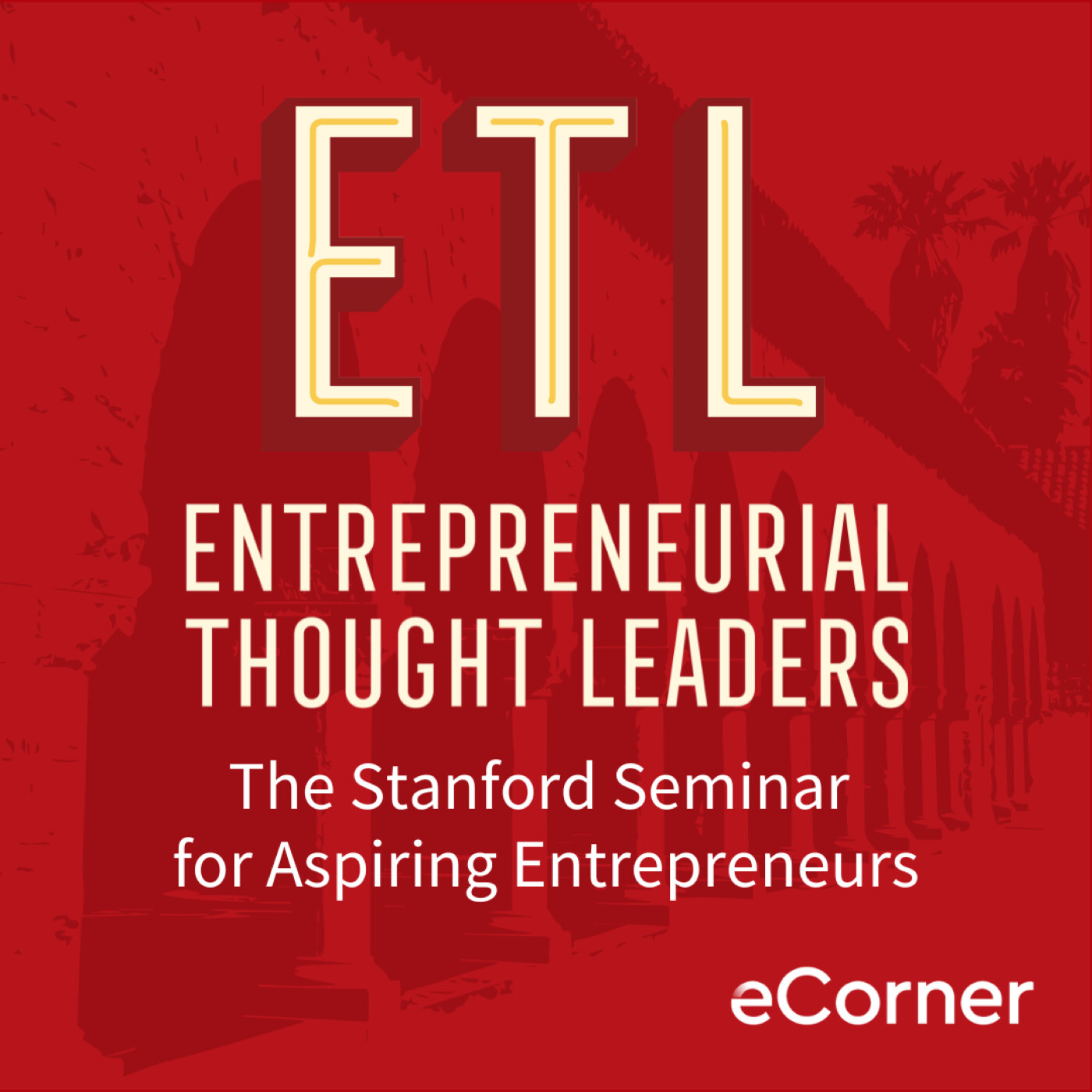
Entrepreneurial Thought Leaders (ETL)
Stanford eCorner
This Is That
CBC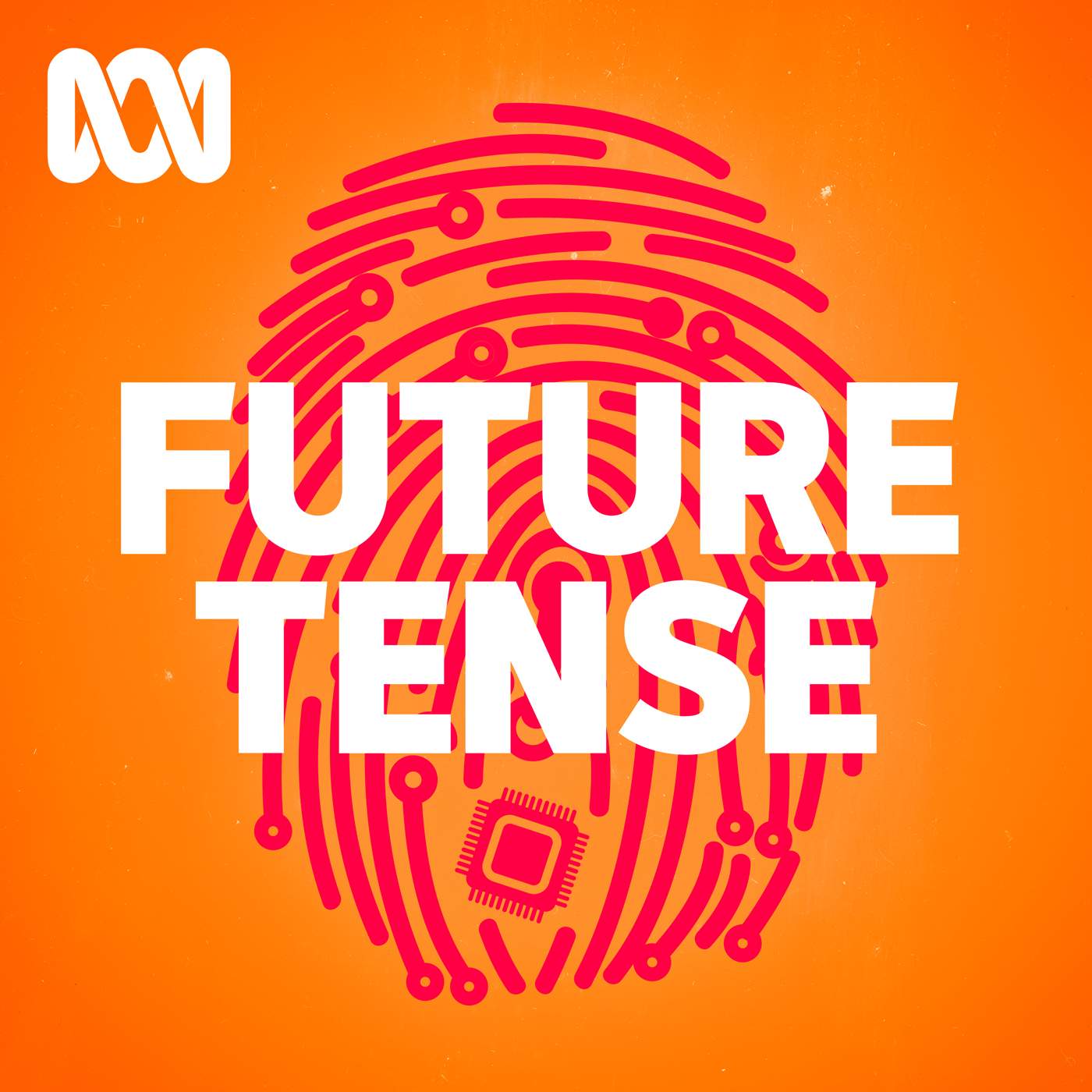
Future Tense
ABC listen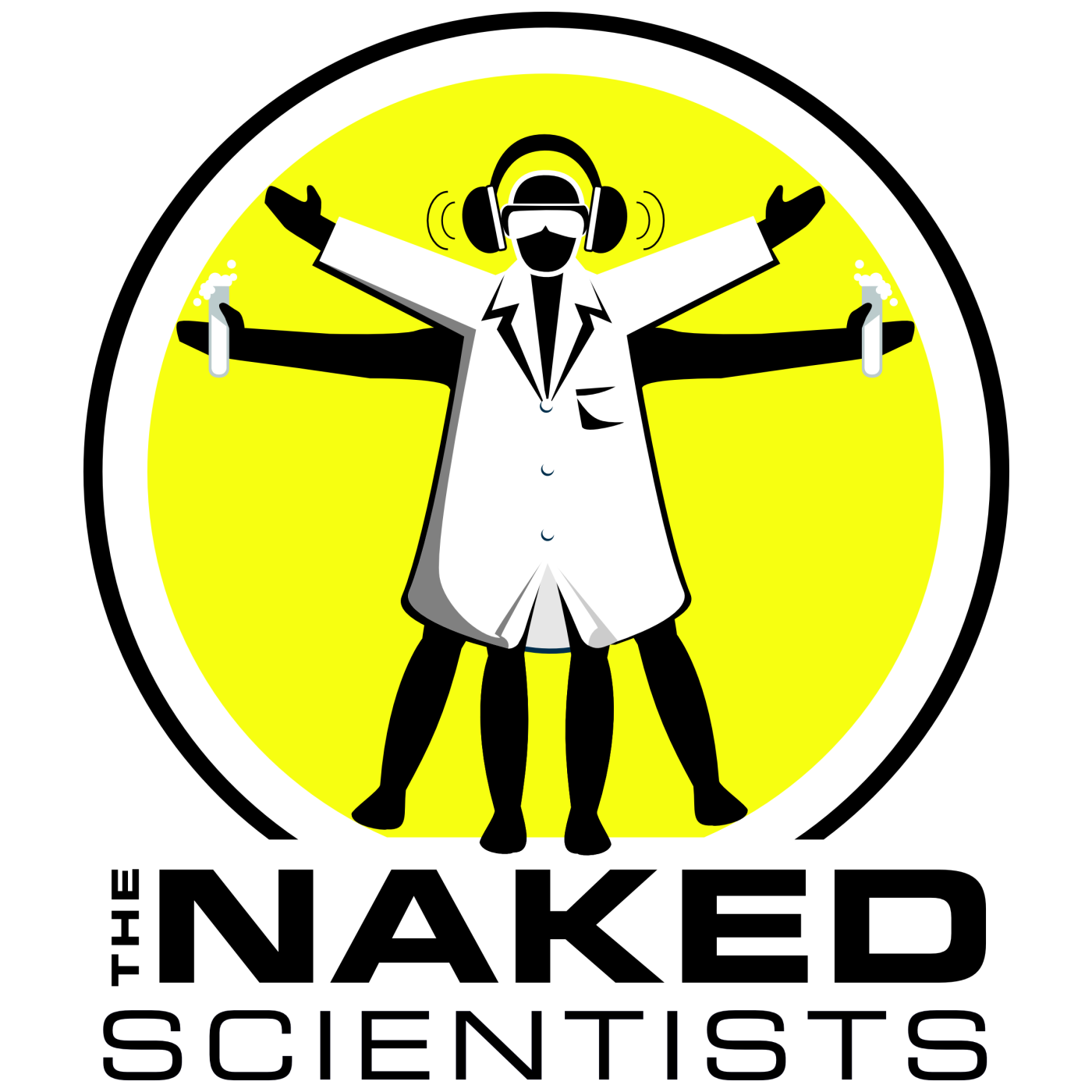
The Naked Scientists Podcast
The Naked Scientists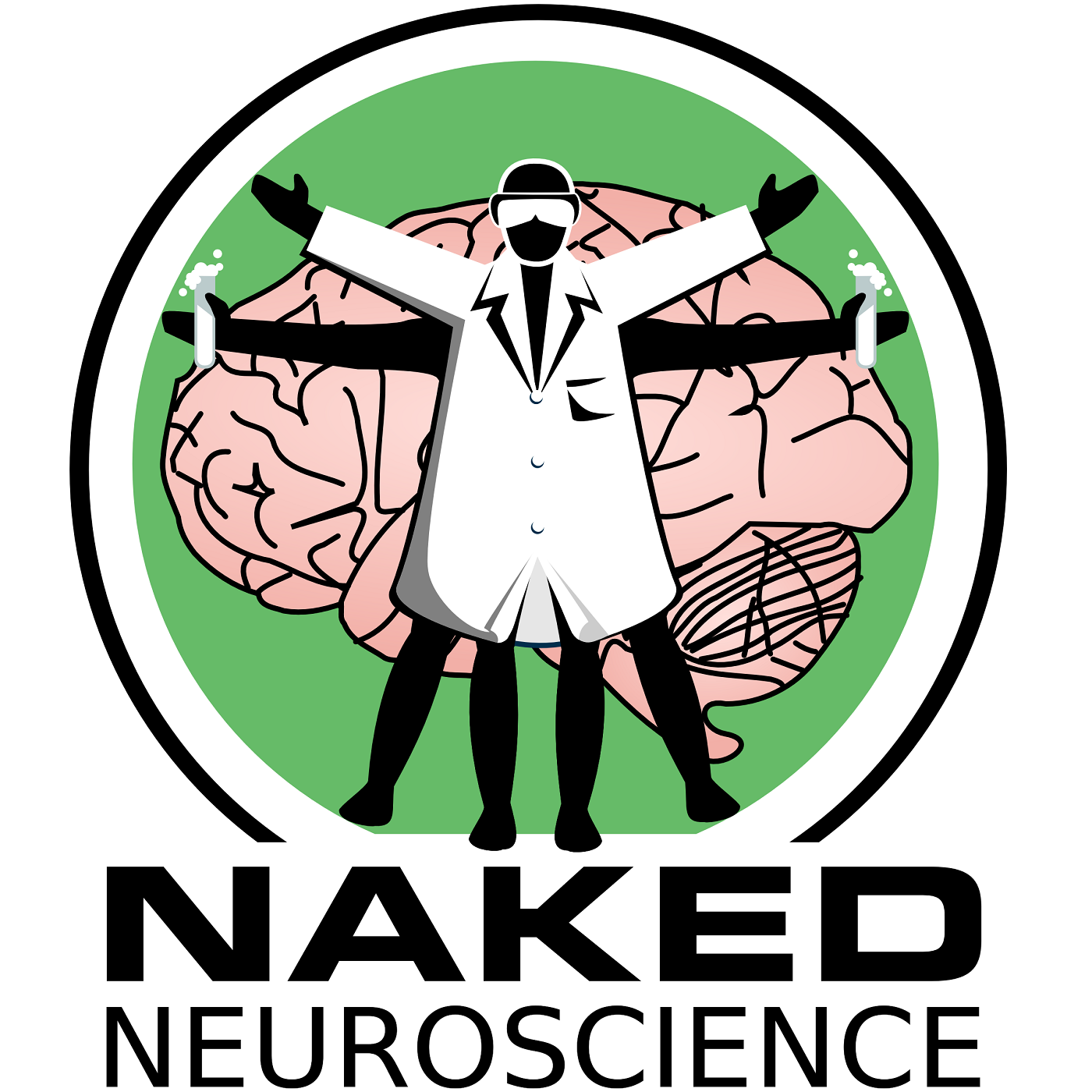
Naked Neuroscience, from the Naked Scientists
James Tytko
The TED AI Show
TED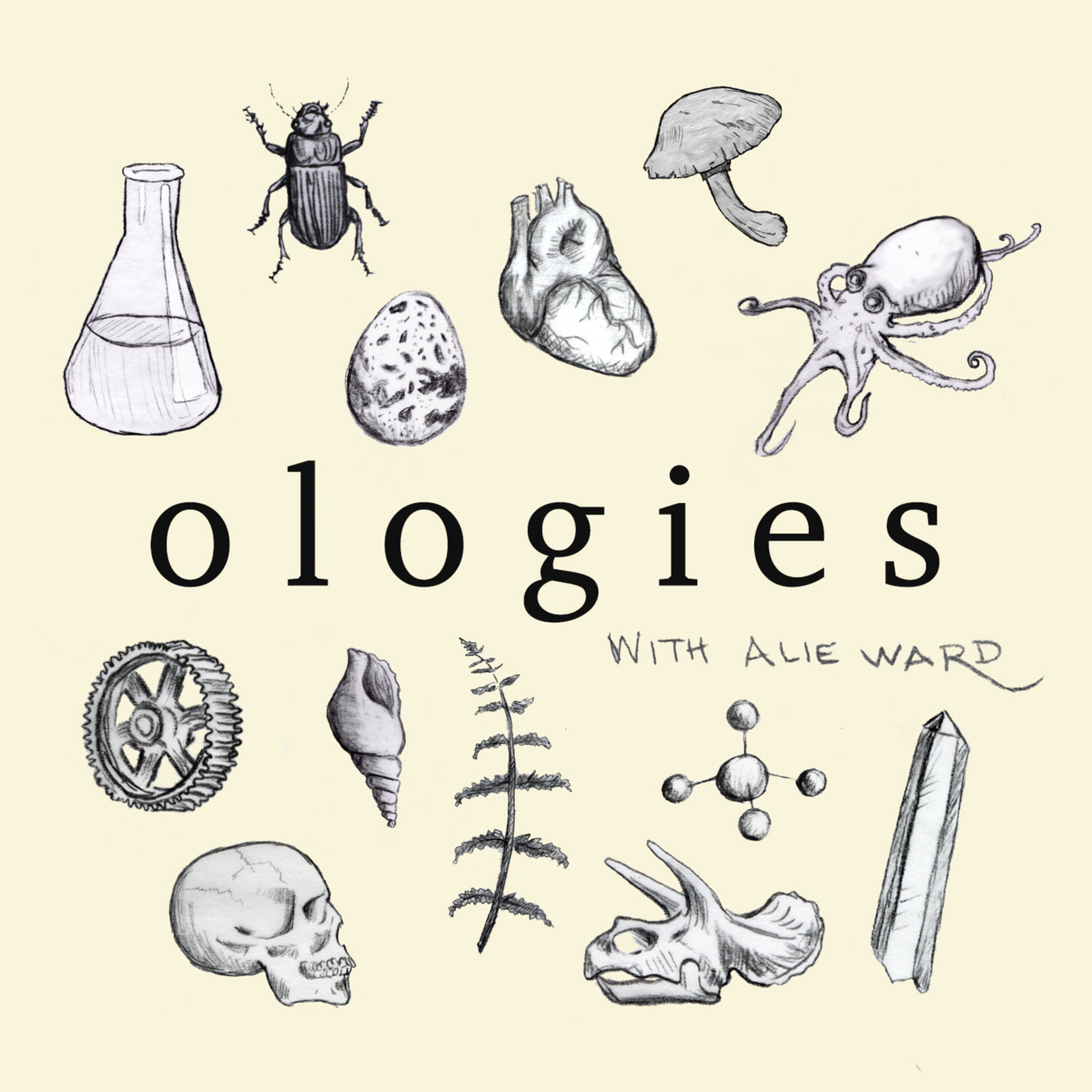
Ologies with Alie Ward
Alie Ward
The Daily
The New York Times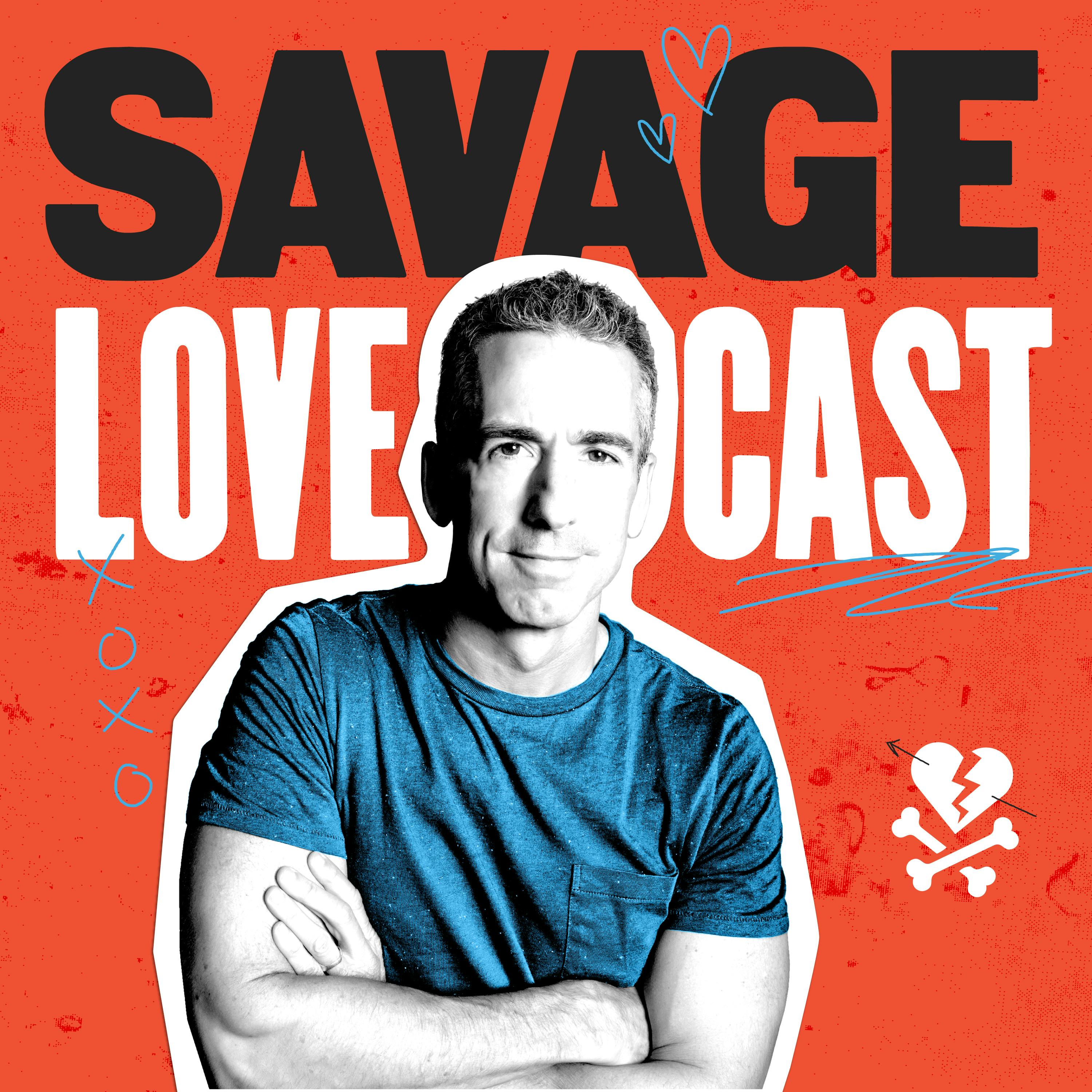
Savage Lovecast
Dan Savage
Huberman Lab
Scicomm Media
Freakonomics Radio
Freakonomics Radio + Stitcher
Ideas
CBCLadies, We Need To Talk
ABC listen
